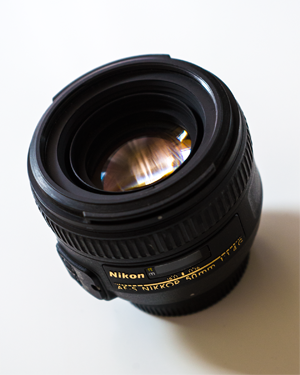Chapter 4: Selecting and Using Lenses with the Nikon D5300
I always stress that lenses are one of the most important investments to your camera system. A good lens is an investment that will outlast your camera by many years. Because Nikon has removed the Anti-Aliasing/Optical Low Pass Filter from the sensor on the D5300, increasing the sharpness of the image, the right lens can mean the difference between a good image and a stunning image.
The lenses that you attach to your camera not only affect sharpness, but also color and contrast. Additionally, the interchangeability of lenses on the D5300 allows you to use lenses to achieve visual effects. You can use a wide-angle lens to distort spatial relations and lines, a telephoto to make far-off objects appear closer, or a macro lens to get close up and show detail that can't be perceived unaided by the human eye.

A high-quality lens is an investment that should outlast many dSLR camera bodies.
Deciphering Nikon Lens Codes
If you're a relative newcomer to the world of interchangeable-lens cameras you may notice when shopping for lenses that there are lots of different codes and letters on these lenses. For example, the D5300 kit lens in Nikon's nomenclature is AF-S DX NIKKOR 18-140 f/3.5-5.6G VR. So, what do all of these letters mean? Here's a simple list to help you decipher them:
- AI/AI-S. These are Auto Indexing lenses. Lens ...
Get Nikon D5300 Digital Field Guide now with the O’Reilly learning platform.
O’Reilly members experience books, live events, courses curated by job role, and more from O’Reilly and nearly 200 top publishers.

